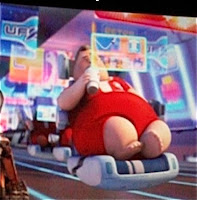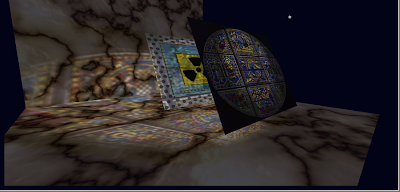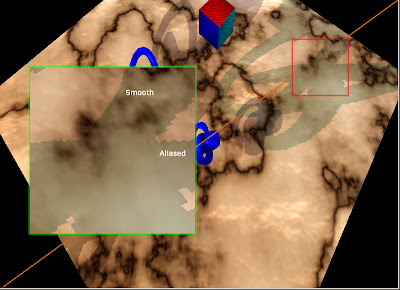L'università pubblica morirà.
Naturalmente si potranno cercare finanziamenti dalle aziende, trasformandosi in fondazioni. Ma visto che le aziende storicamente se ne sbattono della ricerca, e che nessuno fa nulla per niente, è evidente che nella migliore delle ipotesi la nostra ricerca sarà ridotta al lumicino e incanalata nell'utile immediatamente spendibile.
Insomma sepolta.
Il modello americano? Travisato completamente visto che, per fare il solito esempio, l'MIT ha il 2% di finanziamenti privati e il resto è statale. Ovvio, in America la ricerca è tenuta in considerazione.
Ma allora qual è la finalità? E' evidente che se l'università è solo privata, solo una ristretta cerchia di persone potrà accedervi. La agognata "mobilità sociale" finirà dritta nel cesso e, nella migliore tradizione delle "destra alla Silvio", si toglie a chi ha già poco per rimpinguare chi ha già fatto cassa.
La demolizione della scuola pubblica è la demolizione della nostra società - già claudicante di suo per altre ragioni. E' la demolizione del pensiero, della cultura, della libertà in generale: sarà appannaggio di chi potrà (già poteva) permettersela.
E' un giorno triste per l'Italia. Ma non è questo il punto.
 Disinteresse diffuso
Disinteresse diffusoIl punto è che nessuno dice niente. Rincoglioniti dalle rassicurazioni trasversali, dal bombardamento di minchiate antologiche e dall'assenza di una opposizione (esiste?), gli italiani assistono inebetiti a tutto questo e non proferiscono una parola. Sembra che la cosa non li tocchi, mentre le nostre generazioni future ne pagheranno tutte le conseguenze.
Mi rendo conto di essere direttamente interessato, in quanto studente e dipendente dell'Ateneo, ma trovo stupefacente che un affondo così devastante sull'istruzione pubblica non trovi alcun recepimento nelle persone che mi circondano.
Passino i 600€ in meno all'anno che troverò in busta paga (capirai, già sono sulla soglia di povertà così, piove sul bagnato..).
Passi il fatto di non potermi ammalare, perché mi tolgono i soldi pure per quello (a me! che quando mi son rotto un dito ho fatto ben DUE giorni di malattia!).
Ma non può e non deve passare che l'istruzione pubblica finisca nel cesso. Italia, svegliati per la puttana. Spegni quella cazzo di TV e realizza il guano in cui ci stiamo ficcando.








